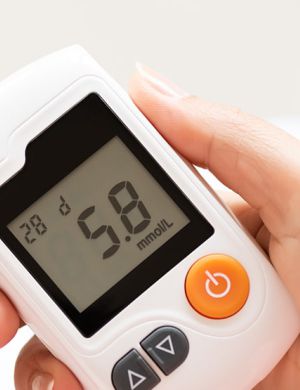
ANVISA Updates Importation Law: Key Changes
The introduction of RDC 751/2022 was significant for the Medical Device industry because it revised Brazil’s regulatory framework after two decades of validity. Despite the controversy surrounding its publishing, the Brazilian Health Regulatory Agency (ANVISA) required to revise it rapidly in order to provide more legal clarity to the regulated sector and to align points noticed since the beginning of its validity, from March of this year.
Some Medical Device importers would be hampered by the lack of normative norms governing the ability of importing products manufactured before to the effective date of RDC 751/2022, but requiring adaption to the new framework, such as risk class adjustment.
Given that the vast majority of multinational manufacturers do not manufacture exclusively in Brazil and may have a significant stock of products to be sent to the country, the swift modification of the legislation aims to bring legal certainty to the sector.
This risk was exacerbated by the sector’s actors’ manifestations in light of this ANVISA has published Collegiate Board Resolution (RDC) 810/2023 which amends RDC 751/2022. The rule provides for risk classification, notification and registration regimes and labelling requirements and instructions for use for Medical Devices.
The regulatory change is the result of the need to regulate the requirements for importing new Medical Devices manufactured abroad before the date of their regularization in Brazil. However imported after such regularization and in accordance with the conditions approved by ANVISA in the dossier of regularization of products.
It is important to highlight that the requirement for prior regularization of the medical product to be imported remains an essential condition for import authorization. Furthermore, the imported product must be within its expiration date, when this period can be determined.
Aspects of the Measure
The decision took into account the health risk and the need for access to the products, since the production of Medical Devices is not aimed exclusively at the Brazilian market. It is also worth highlighting the global challenges of raw material supply and logistical complexity, as well as those characteristic of devices that are produced seasonally (typical of a certain season), with alternating production cycles, or have long/undetermined shelf lives.
Import Products that fall under RDC No. 810/2023 – Requirements that are needed for import of Medical Devices
- The amended resolution now authorizes the importation of medical equipment and their accessories if the date of manufacture precedes the date of notice or registration. The caveat is that the time between the device’s manufacturing date and the registration date cannot exceed five years, and such items must closely adhere to the ANVISA approval standards.
- A statement from the holder of the notice or registration attesting to conformity with both requirements is required for the import of medical equipment under the terms of the first point.
- The Medical Device that is to be imported in accordance with the provisions of the first point must, as appropriate, be within its expiration date and in compliance with applicable laws.
The provisions of this Resolution apply to import processes filed with ANVISA from June 18, 2023.
The importer who falls into the situation described in this category may present the additional documentation required under this Resolution in the import dossier and submit it to the General Management of Ports, Airports, Borders and Customs Precincts (GGPAF) for technical analysis of the request for approval of Import License.
For the import processes mentioned, the maximum period for presenting period the additional documentation will be 90 (ninety) days, counting from the date of publication of RDC.
Brazil’s Import Manual has been amended to accommodate this change
Brazil’s Import Manual, Manual de Importaço de Dispositivo Médico (link in Portuguese), was also modified to reflect this modification and to include discussions on the data for regularization of customized medical equipment and devices involving ruminant animal tissues or fluids.
Don’t miss out! Click here to stay in touch.
Categories
- Biopharma (58)
- Consumer Health (21)
- Cosmetics (11)
- Diagnostics (5)
- Digital Health (8)
- Food (2)
- Medical Device (112)
- OTC (5)
- Regulatory Intelligence (13)
- Standards (41)
Recent Blogs
Get the latest updates from Vistaar

CONNECT WITH US

Let's talk about how Vistaar can help you



